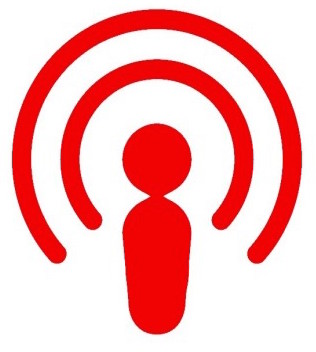| Ensuring things run smoothly |
There are a number of ways to engage with journalists which involve setting up events. These range from formal press conferences to less formal press briefings or press receptions.
Whichever you are involved in there are some golden rules to ensure you make the most of the opportunity to show-case your organisation.
PRESS CONFERENCES
These events have a typical structure and usually coincide with a major announcement. They also involve senior members of the organisation who will be able to meet and be interviewed by invited journalists. This adds impact to the announcement and allows for more detail than can be contained in a simple press release.
Press conferences need to be well organised, as the smooth running of the event is as important to your reputation as the clarity of the messages.
BEFORE
- Only invite journalists likely to be interested in the subject
- Note expected attendees and confirm 24 hours beforehand
- Prepare a conference timetable (maximum one hour)
- Plan, prepare and rehearse all speeches
- Choose someone who can chair or facilitate the event, and brief him/her fully
- Prepare press releases, background notes and other handout material
- Consider potential questions - and prepare suitable answers
- Brief all your colleagues attending on what to say - and most importantly what not to say - to the media
- Brief key people on journalists who will be there and their likely issues or interests
- Prepare lapel name badges for everyone
- Arrange light refreshments (depending on time of day and local culture)
- Arrange a photographer to take pictures for the record and maybe for the media too - while making make sure people are happy to be photographed
ON THE DAY
- Greet journalists on arrival - and write down their names
- Distribute handout material on arrival. Do not email everything in advance, or the journalists may not turn up!
- Distribute name badges on arrival
- Provide a timetable - and keep to it
- After speeches/announcements, take questions from the floor
- Write down who asks what and the responses
- Allow time for individual media interviews after the main event
AFTER
- Email the press release and background material to all target journalists unable to attend immediately after the press conference
- Collate all media coverage as a record
- Make sure all journalists who attended are on your regular press distribution lists for future contact
LESS FORMAL EVENTS
Press briefings or receptions (which usually have food and drink available) can be a good way of meeting journalists in a more relaxed atmosphere.
They usually involve a smaller number of journalists who have a specific interest in the things your organisation does.
YOU ARE STILL ON DUTY!
Although briefings and receptions are more relaxed ways of getting to know journalists, never forget that you are there to represent your organisation.
Journalists might still put you on the spot with some difficult questions, so make sure everyone involved is clear what they should or should not talk about.
It is a good idea to set ground rules for events like this so that journalists understand what can be discussed and what is off limits.
KEY POINTS
- Choose the venue to suit the occasion. Make sure it is large enough, with enough seating and facilities for equipment.
- Choose the date and time to suit media deadlines and your target audience.
- Prepare an ‘activity schedule’ to help with planning. Work backwards from the date of the event, noting everything that needs to be done, by when and by whom.
Give copies of the schedule to everyone who needs to take action or know what is going on. Put all requirements and agreed points in writing for the venue management. - Give any speakers plenty of notice and discuss their topics so that you do not have two people saying the same thing.
- Invitees should be emailed in advance with the timetable and brief details about the speakers. Make this material available on the day as well.
- Register invitees on arrival if possible. This helps you know who is attending and also adds an air of formality and professionalism. Name badges also emphasise formality.
- Check all microphones and equipment beforehand.
- Make sure the event runs according to the timetable, as any journalists will be working to a deadline.
Download checklist:
- Press Conference Checklist (Word doc - 1 page)
LISTEN TO THE EXPERTS
Click below to hear our podcast on this topic.
|
|
This podcast includes tips and comments from a range of experts and former journalists working in development.

